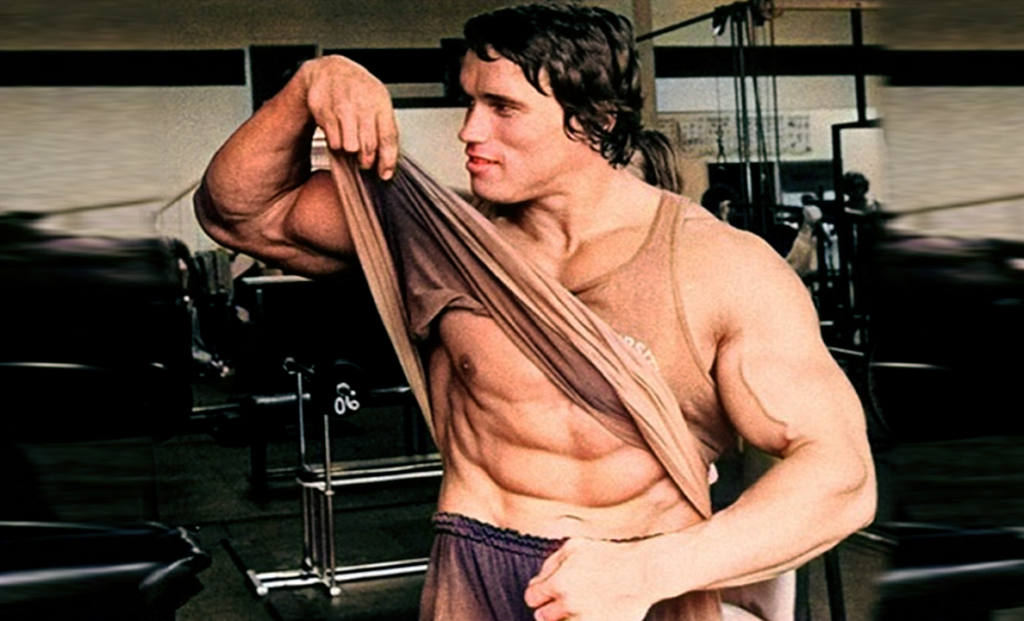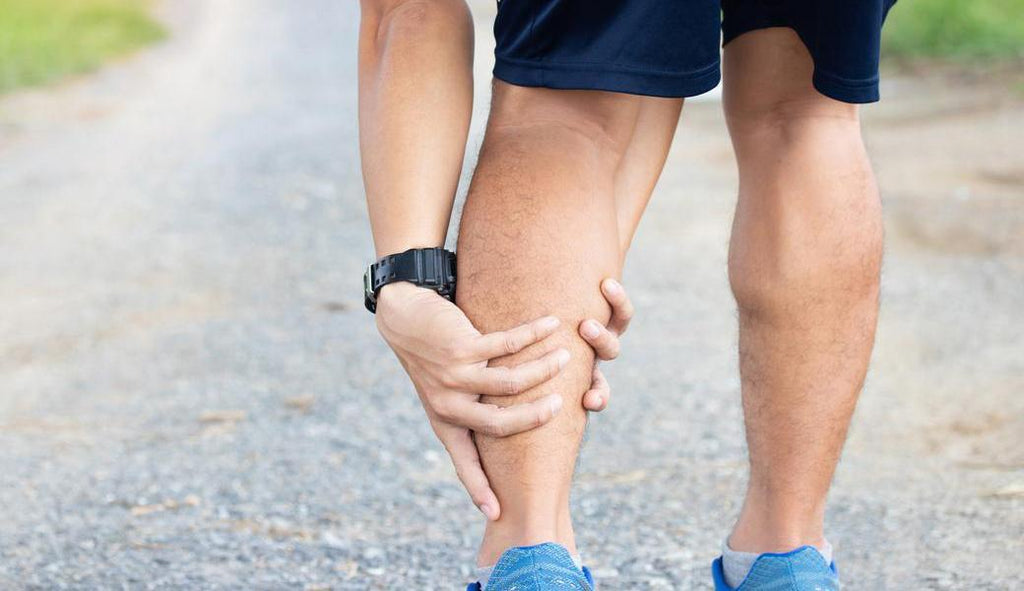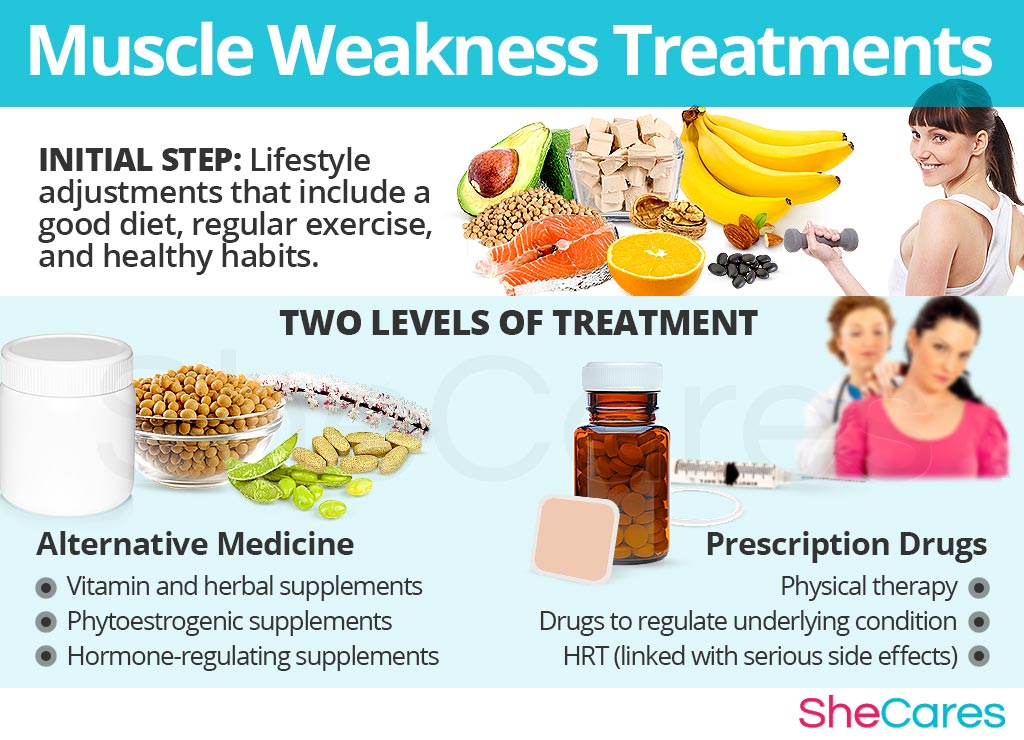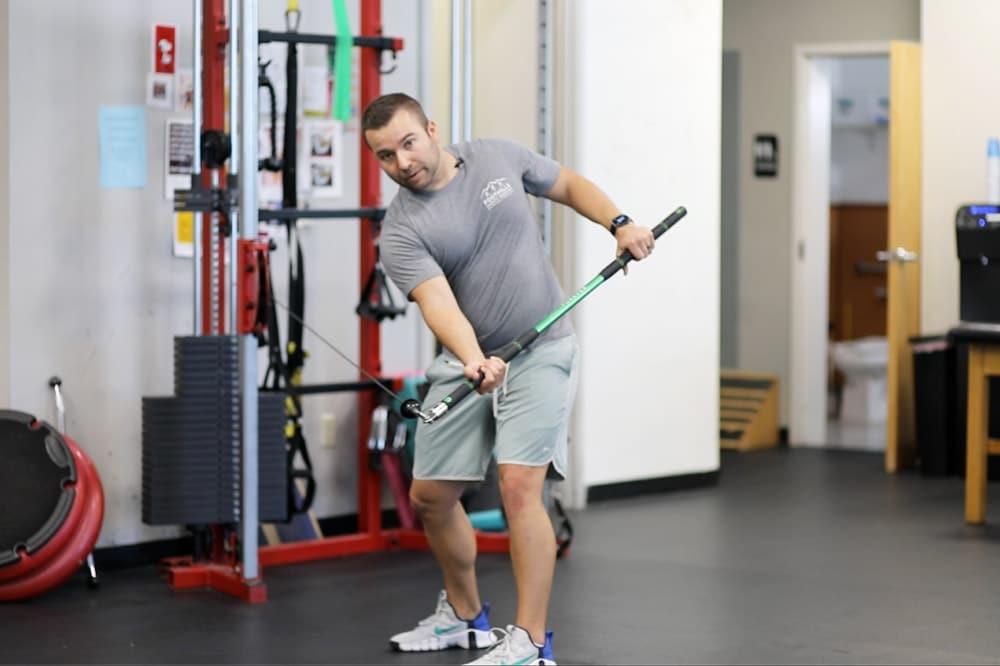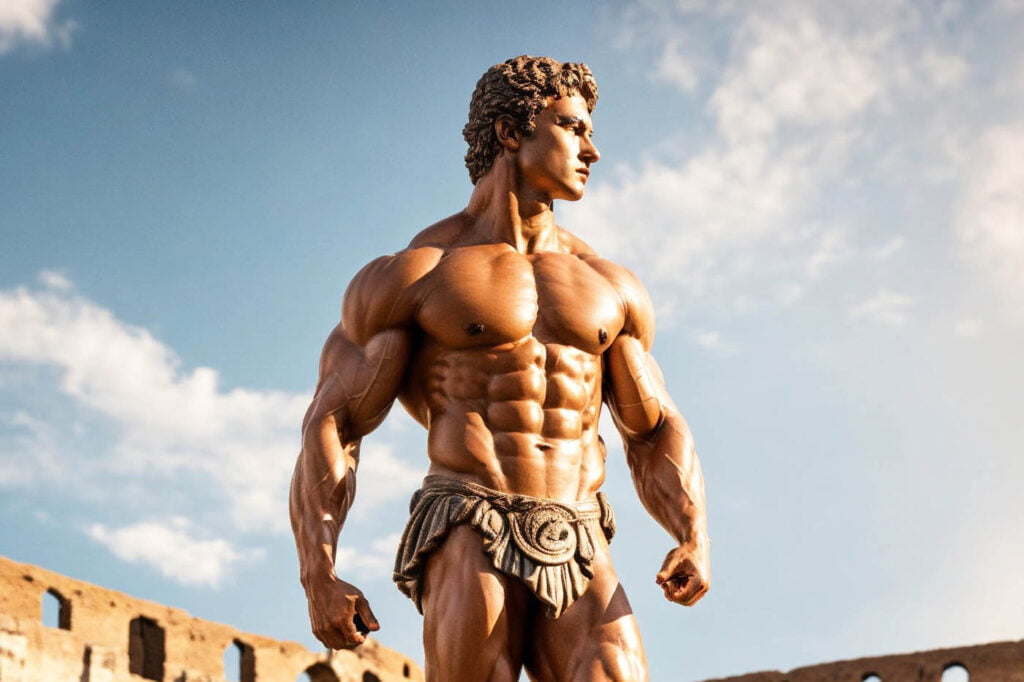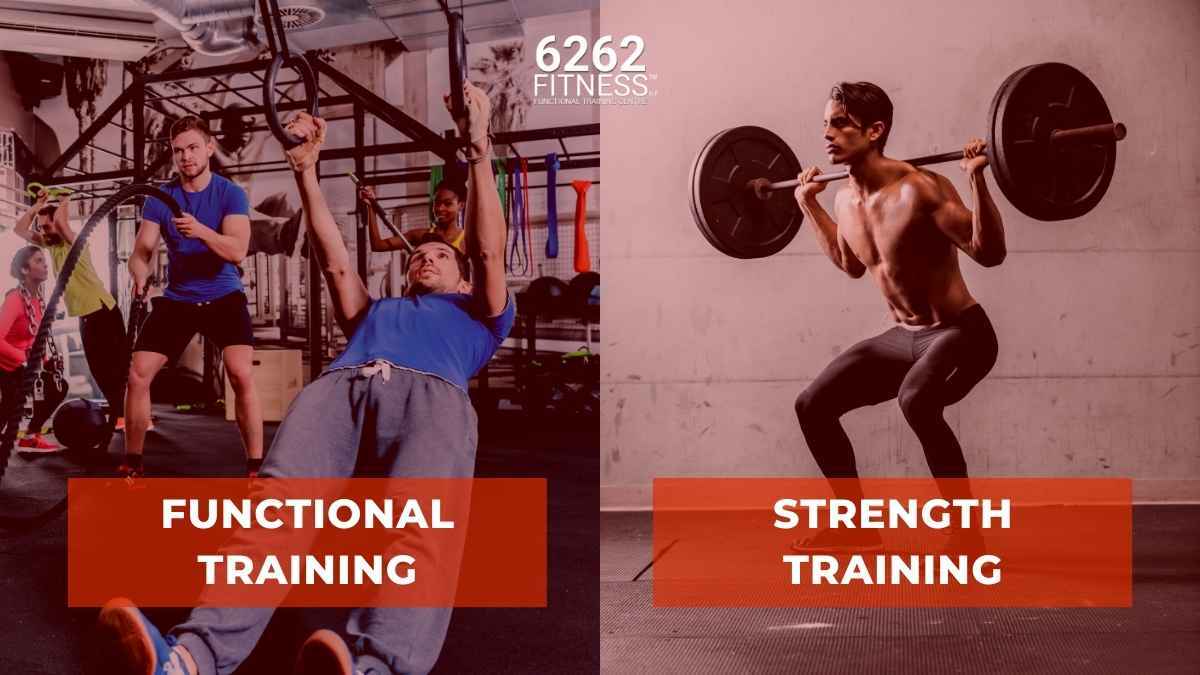Deadlifts build muscle in the lower back, glutes, hamstrings, and core. They also engage the upper back and forearms.
Deadlifts are a cornerstone exercise in strength training. They target multiple muscle groups, making them highly effective for overall muscle development. This compound movement enhances functional strength and stability. By incorporating deadlifts into your routine, you can achieve a balanced and powerful physique.
Additionally, deadlifts improve posture and reduce the risk of injury by strengthening the core and back muscles. Performing deadlifts with proper form is crucial to maximize benefits and avoid injury. Whether you are a beginner or an experienced lifter, deadlifts can elevate your fitness regime.
Introduction To Deadlifts
Deadlifts are a type of weightlifting exercise. They involve lifting a barbell from the ground to hip level. This exercise works multiple muscle groups. Deadlifts are known for building strength and power. They are popular in both bodybuilding and strength training.
Deadlifting has a long history. Ancient warriors used similar movements. Modern deadlifting became popular in the 20th century. It is now a staple in many strength training programs. Deadlifts have evolved over time. Today, they are a key exercise for building muscle.
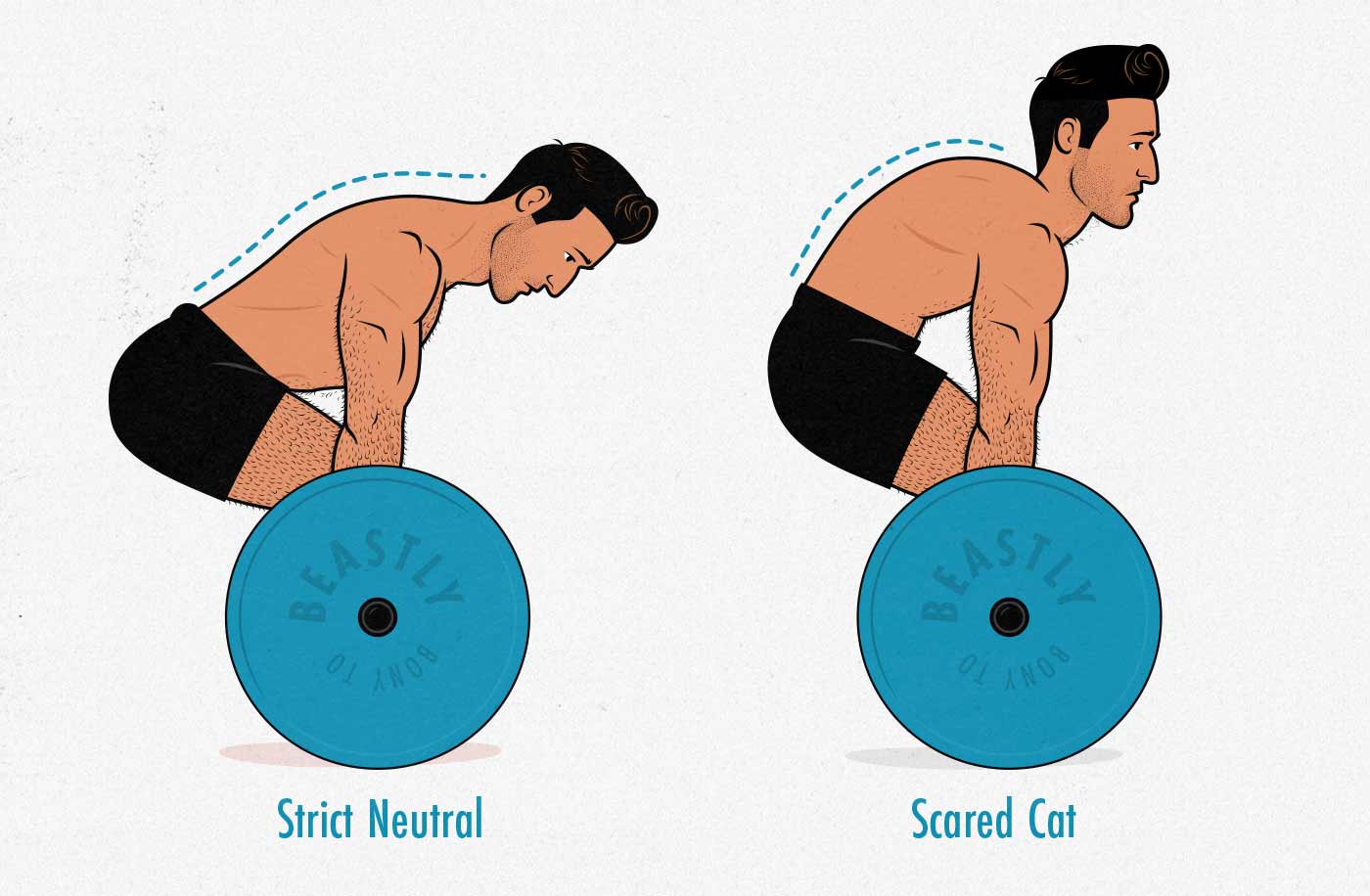
Credit: bonytobeastly.com
Muscles Targeted By Deadlifts
Deadlifts work the hamstrings and glutes. These muscles help you stand up and move. The lower back muscles also get stronger. They help you keep your balance. Quadriceps, or the front thigh muscles, also play a role. They help lift the weight off the ground.
The forearms get stronger from holding the bar. Shoulders and traps work too. They help keep the bar steady. The core muscles also engage. They help you stay stable while lifting.
Benefits Of Deadlifting
Deadlifting helps build muscle and strength. It targets the back, legs, and core. Lifting heavy weights boosts overall power. This exercise is key for strength training.
Deadlifting improves posture by strengthening the back muscles. It aligns the spine and reduces slouching. Strong core muscles support the body better. Better posture leads to less back pain.
Deadlifting teaches proper lifting techniques. It builds muscles that protect the spine. Stronger muscles reduce the risk of injuries. This exercise also improves balance and stability.
:max_bytes(150000):strip_icc()/What-muscles-do-deadlifts-work-5179572_rev_05-88c12e311bf04181bd852900eb50a639-69c2fbdca18f4fd39f6930382c917554.jpg)
Credit: www.byrdie.com
Deadlift Variations
This deadlift works the back and hamstrings. It also targets the glutes and core. This lift is great for building overall strength. It helps improve posture and balance.
The sumo deadlift focuses on the inner thighs. It also targets the glutes and quads. This lift reduces stress on the lower back. It is good for those with back issues.
This variation strengthens the hamstrings and glutes. It also engages the lower back. This lift improves hip mobility. It is perfect for building posterior chain strength.
Proper Deadlift Technique
Stand with your feet shoulder-width apart. Keep your toes under the bar. Bend at your hips and knees. Grab the bar with an overhand grip. Your back should be straight. Shoulders should be back and chest up.
Push through your heels to lift the bar. Keep the bar close to your body. Extend your hips and knees at the same time. Maintain a neutral spine throughout the lift. Squeeze your glutes at the top of the lift.
Reverse the lifting motion. Push your hips back first. Bend your knees after the bar passes them. Lower the bar slowly and with control. Keep your back straight. Let the bar rest on the ground.
Common Deadlifting Mistakes
Keep your back straight. A rounded back can cause injuries. Always engage your core muscles. Use a mirror to check your form. Ask a coach for advice if unsure.
Use the proper grip. A weak grip can lead to dropped weights. Try a mixed grip or hook grip. Use chalk for a better hold. Practice grip strength exercises.
Do not overextend your back. This can strain your spine. Stand tall but do not lean back too far. Keep your chest up and shoulders back. Maintain a neutral spine throughout the lift.
Incorporating Deadlifts Into Your Routine
Deadlifts are powerful. They work many muscles at once. For best results, do deadlifts twice a week. Each session should include 3 to 5 sets. Aim for 5 to 8 reps per set. Rest is important. Ensure proper rest between sets and days.
Pair deadlifts with exercises that target smaller muscles. Good options include pull-ups, rows, and lunges. This helps balance your workout. Combining exercises prevents muscle imbalances. It also improves overall strength.
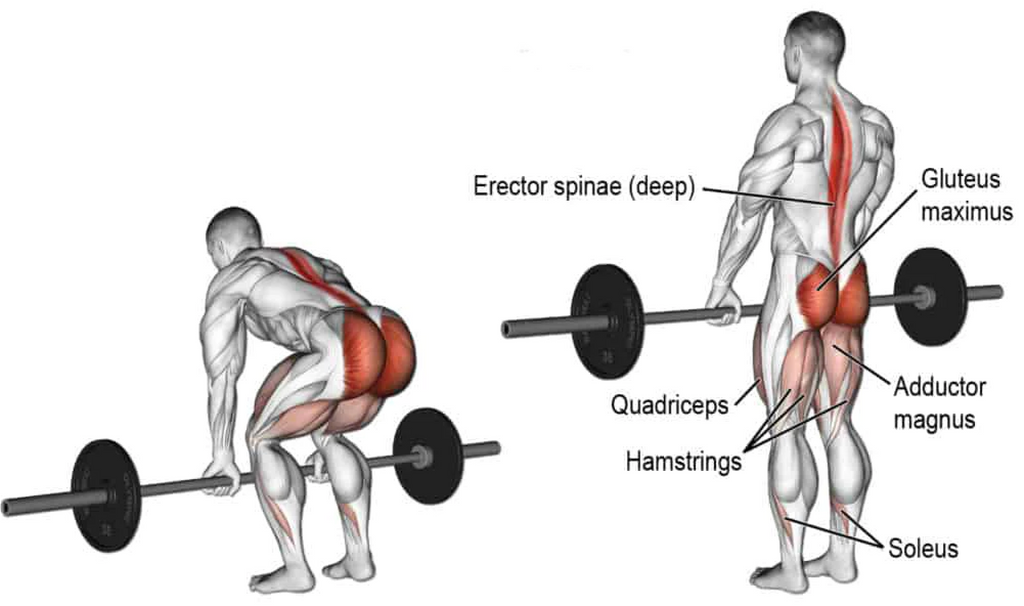
Credit: swolverine.com
Deadlifts For Different Fitness Goals
Deadlifts are great for building strength. They target the back, legs, and core. Heavy deadlifts make muscles stronger. They improve grip and posture. Many athletes use deadlifts to get stronger. Deadlifts train the whole body. They are important for powerlifters.
Deadlifts help in muscle growth. They work many muscles at once. Quads, hamstrings, and glutes get bigger. Back muscles also grow. Use moderate weight and more reps for growth. This increases muscle size. Many bodybuilders include deadlifts in their routine.
Deadlifts can improve endurance too. Use lighter weights and do more reps. This builds stamina. The core and legs get stronger. Endurance training helps in daily activities. It makes muscles last longer. Many fitness enthusiasts use deadlifts for endurance.
Safety Tips And Precautions
Warm up your muscles before deadlifting. Light cardio like jogging helps. Stretch your legs, back, and arms. Use dynamic stretches to prepare your body. Warming up helps prevent injuries.
Use a quality barbell for deadlifts. Ensure the barbell can hold your weights. Wear lifting shoes with flat soles. Use a weightlifting belt for heavy lifts. Proper equipment provides better support and safety.
Seek advice from a professional trainer. Trainers can teach proper form. They help prevent bad habits and injuries. A trainer can create a safe workout plan. Consulting a trainer ensures you lift correctly.
Frequently Asked Questions
What Muscles Do Deadlifts Target?
Deadlifts primarily target the hamstrings, glutes, lower back, and core. They also engage the upper back and traps. This makes them an excellent compound exercise for overall strength and muscle development.
Do Deadlifts Build Leg Muscles?
Yes, deadlifts significantly build leg muscles, especially the hamstrings and quadriceps. The exercise also strengthens the glutes, contributing to overall leg power and stability.
Are Deadlifts Good For Back Muscles?
Deadlifts are excellent for back muscles. They target the lower back, upper back, and traps. This helps improve posture and overall back strength.
How Do Deadlifts Affect Core Muscles?
Deadlifts engage the core muscles, including the abdominals and obliques. This helps improve core stability and strength, which is crucial for overall fitness.
Conclusion
Deadlifts are a powerhouse exercise for building muscle. They target your back, glutes, hamstrings, and core. Incorporate deadlifts into your routine for comprehensive muscle growth. Consistency and proper form are key. Start lifting, and see the transformative impact on your strength and physique.
Achieve your muscle-building goals effectively with deadlifts.


